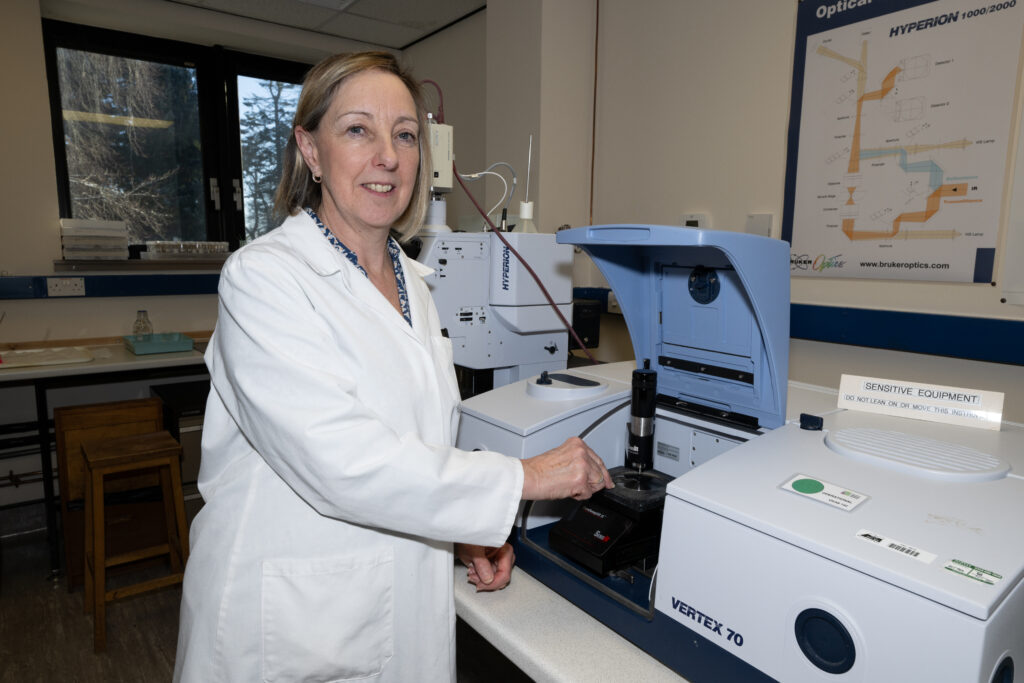Contaminants
Using a range of techniques we can carry out a systematic examination of materials for a range of chemical and biological contaminants as well as identifying unknown microscopic particles in a range of matrices such as water, soil and food as well as industrial products.
Advanced techniques, including chromatography, mass spectrometry, spectroscopy and microscopy are employed to identify and quantify contaminants.
The power contaminant analysis
Our highly trained scientists are able to carry out contamination analyses on a range of samples and offer a range of options from routine monitoring of contaminants in soils and marine sediments through to bespoke identification of unknown contaminants. Using multiple techniques, we can identify and quantify a range of contaminant types in environmental and industrial samples.
The main areas of contaminant analyses are targeted and non-targeted analysis of organic and inorganic compounds, characterising particles and individual fibres using either, or a combination of, Scanning Electron Microscopy (SEM) and Infrared spectroscopy. We also offer a range of specialised microbiological testing.
Chromatography (GC and HPLC) coupled with mass spectrometry are used to identify and quantify organic contaminants and we offer UKAS accredited analysis of harbour sediments for organic contaminants such as hydrocarbons, TBT, PCBs and PAHs. We can carry out highly specialised analyses for a range of organic compounds such PFAS, pharmaceuticals and pesticides in environmental samples.
We stand out from other companies in the range of techniques we can integrate and the collaborative approach our scientists take.
Andy Kindness, Science Group Leader


With our advanced sample preparation techniques coupled to spectrochemical analyses (ICP-OES and ICP-MS) we can analyse most sample types for metals and some non-metals in a range of environmental and industrial samples. Utilising our full suite of instrumentation, we can analyse a range of inorganic contaminants such as cyanide, chrome (VI) and phosphate.
As world leaders in powder x-ray diffraction, we can identify minerals in geological and industrial samples/deposits and scales. When combined with Scanning Electron Microscopy (SEM) and Infrared spectroscopy we can identify bulk materials as well as particles within samples.
Our experienced scientists will work with you to help resolve contamination issues whether it relates to safety concerns, compliance or problems halting production process. Contact our scientists to develop the best way to resolve your contamination issues.
